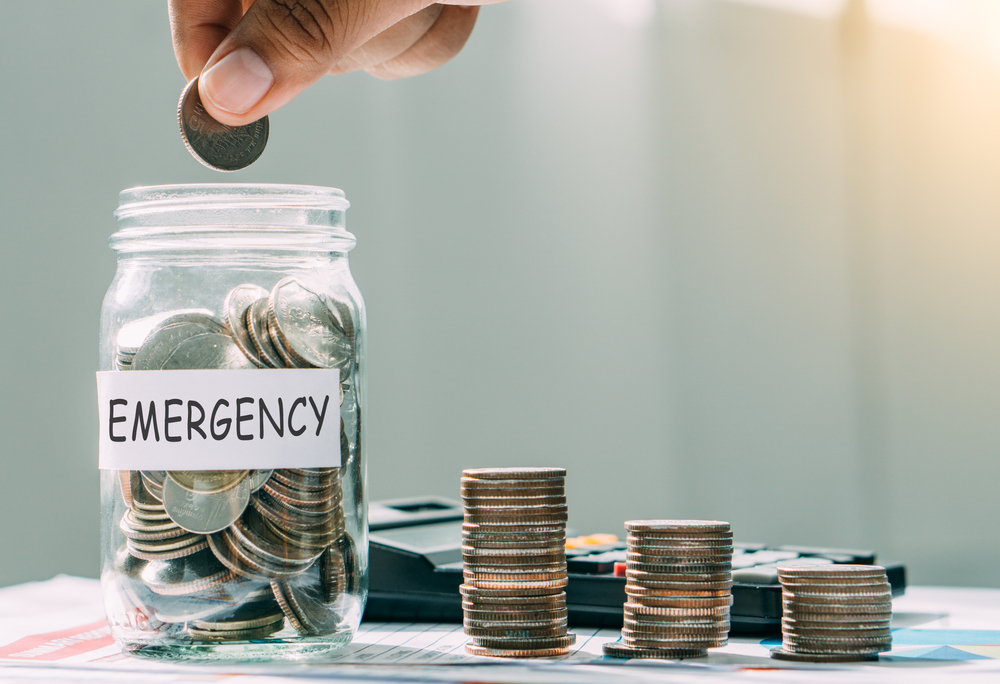
Emergency funds stand as the most common financial objective, yet people struggle to establish dependable savings accounts. The financial gap between personal targets and actual savings becomes apparent during unexpected events, such as losing a job, medical costs, and car transmission failures. People need to develop self-control to save money, but they can achieve their financial targets faster through proper planning. People who establish emergency funds quickly develop specific habits that operate beneath the surface to produce results before others recognize their progress.
1. Automating Every Transfer
Speed matters when growing an emergency fund. Automation removes hesitation. A scheduled transfer shifts money before we get a chance to talk ourselves out of saving it. The system does the work. We feel the benefit later.
People who save quickly often set up multiple automated transfers rather than a single one. A small weekly transfer, a midmonth boost, and a larger monthly draft create a rhythm that raises the balance without requiring extra effort. The strategy works because it treats saving like a bill—nonnegotiable, routine, and predictable. And the behavioral effect is strong. Money that leaves our checking account early never feels available to spend.
2. Using Friction to Block Spending
An emergency fund grows faster when spending slows down, and friction is one of the simplest tools for shaping behavior. People add steps to make spending annoying. And the more annoying it becomes, the less often it happens.
Some move their emergency fund to a separate bank altogether. Others delete saved payment information, move shopping apps off their home screen, or switch to a debit card with a low daily limit. The structure forces a pause, and that pause protects the emergency fund. It creates space for a question: Do we really want this thing, or do we just want the momentary hit of buying it?
3. Treating Windfalls Like Fuel
Unexpected money often vanishes through casual spending. Fast savers view windfalls as fuel for their emergency fund. The cash hits, and they move most of it immediately. No ceremony. No deliberation. Action first, decision later.
This applies to tax refunds, bonuses, and even small reimbursements. The size doesn’t matter. The pattern does. A stream of small windfalls, handled consistently, accelerates the fund far more than waiting for one big financial event. And when the balance rises quickly, motivation strengthens. People stay committed because they see the impact.
4. Building a Quiet Buffer Inside the Budget
Some people save faster by building a second layer of protection inside their monthly budget, long before the emergency fund comes into play. It’s a small buffer—often $50 to $150—that sits untouched until something minor pops up.
This small cushion protects the emergency fund from unnecessary withdrawals. It covers a parking ticket, a co-pay, or a surprise school fee. The emergency fund stays intact, and progress never resets. That stability compounds over time. Each month that passes without a withdrawal is a month the emergency fund continues to grow.
5. Tracking One Number That Actually Matters
People often track too many financial details. Fast savers simplify. They track one number: how many months of expenses their emergency fund can cover. This metric reframes progress in a more urgent and more concrete way.
Seeing the fund move from half a month to a full month creates momentum. The next milestone becomes obvious. And the milestone after that. The approach keeps attention focused on function, not just the dollar amount. An emergency fund isn’t decoration. It’s insurance against chaos. Measuring it by what it can actually handle transforms the process into a mission rather than a chore.
6. Making the Emergency Fund Emotionally Real
Money feels abstract until we tie it to something tangible. People who save quickly often assign their emergency fund a purpose beyond numbers. They imagine the moment it will protect them. The job layoff that doesn’t flatten them. The medical scare that doesn’t spiral out of control. The car repair that becomes an inconvenience instead of a crisis.
This emotional link tightens their commitment. It turns the emergency fund into more than a line on a spreadsheet. It becomes a safeguard for stability and dignity. That sense of purpose makes saving feel urgent instead of optional.
The Momentum That Keeps the Fund Growing
Creating an emergency fund requires urgent action, but maintaining continuous progress takes precedence. The system operates without issues because automation runs smoothly, while friction enforces discipline and buffers help maintain progress, which allows the fund to grow automatically. The financial balance serves as a protective asset, fostering feelings of security rather than causing financial stress. The time needed to manage risks and achieve financial stability shortens by 1 month each successive month.
What changes have you made to your daily routines to accelerate your emergency fund growth?
What to Read Next…
- What Happens When a Medical Emergency Outpaces Your Emergency Fund
- Why Some People Feel Rich But Can’t Afford a 400 Emergency
- 5 Emergency Repairs That Could Force You Into Debt Overnight
- Are These 6 Helpful Budget Tips Actually Ruining Your Finances
- Are These 8 Money Saving Tricks Actually Keeping You Broke
The post 6 Emergency-Fund Secrets People Use to Save Faster appeared first on The Free Financial Advisor.







